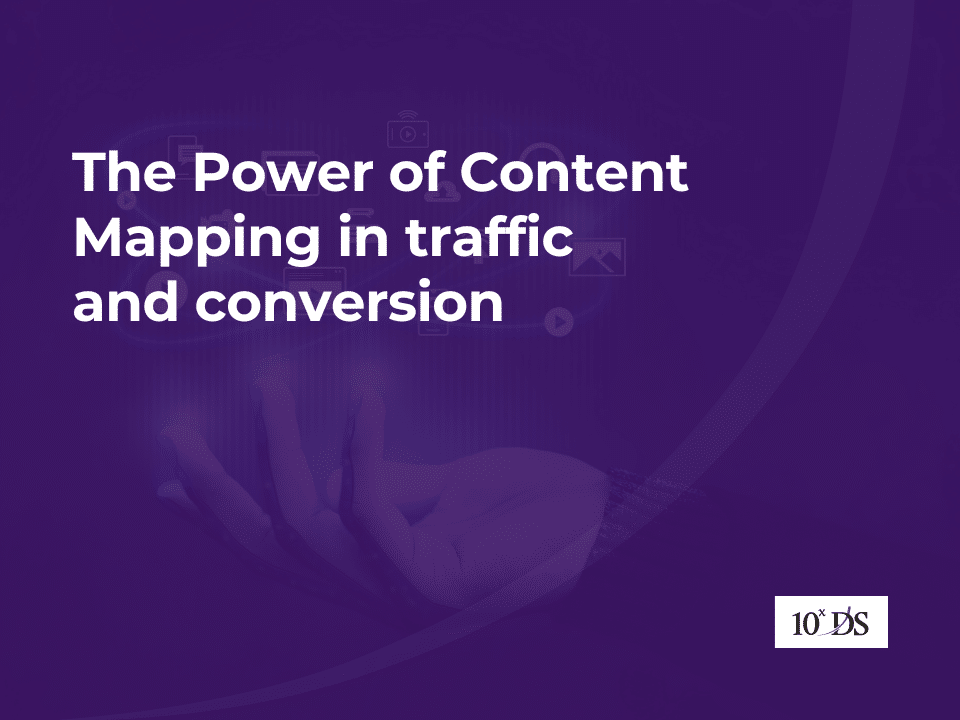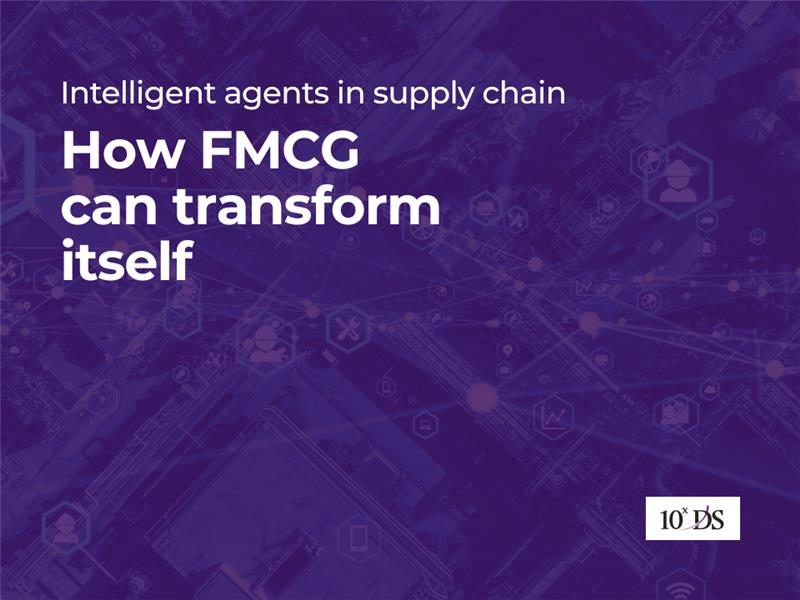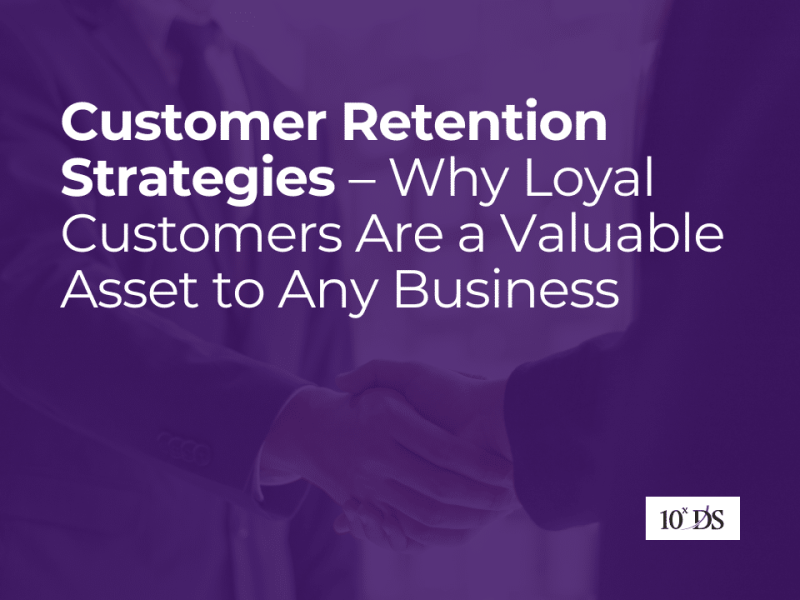
The Power of Content Mapping in traffic and conversion
Imagine a business with a website with misaligned content with audience needs, leading to disengagement and ineffective resource use. This results in poor audience engagement, inconsistent messaging, and missed opportunities for lead generation and conversion. Additionally, SEO performance suffer due to lack of strategic keyword integration, and content distribution may be inefficient, limiting reach and impact. This leads to a fragmented content strategy that fails to achieve business objectives and lowers ROI.
However, Content mapping can set the foundation right. Content Mapping is a strategic process that involves organizing and structuring content in a way that aligns with the needs and preferences of the target audience. It ensures that the right content is delivered at the right time to the right audience. The key elements of content mapping are:
- Identifying and understanding the target audience, their needs, preferences, and pain points.
- Creating detailed profiles of the ideal customers, known as buyer personas, which help in understanding the audience better.
- Outlining the stages of the buyer’s journey, which typically include awareness, consideration, and decision stages.
- Creating and aligning content to each stage of the buyer’s journey to address the specific needs and questions of the audience at that stage.
- Identifying the types of content (e.g., blog posts, whitepapers, videos, infographics) and formats that best suit the audience and their stage in the buyer’s journey.
- Incorporating relevant keywords and SEO strategies to ensure the content is discoverable by the target audience.
- Determining the most effective channels (e.g., social media, email, website) to distribute the content.
- Setting up metrics to measure the effectiveness of the content in achieving its goals, such as engagement, lead generation, and conversion rates.
Content mapping is crucial for creating a cohesive and effective content strategy that boost SEO performance to drive engagement and support business objectives. By creating a detailed plan that includes keyword optimization, structured content strategy, and enhanced user experience, businesses can ensure their content is discoverable, relevant, and valuable. This not only improves search engine rankings but also drives more organic traffic to the website. Additionally, content mapping helps identify content gaps, establish an effective internal linking strategy, analyse competitors, and keep content fresh and up to date, all of which contribute to a comprehensive and successful SEO strategy.
Keyword Optimization
Content mapping helps in boosting SEO performance by ensuring that content is aligned with relevant keywords that the target audience is searching for. By understanding the buyer personas and their search behavior, content creators can integrate specific, high-value keywords into their content. This targeted approach increases the chances of the content ranking higher on search engine results pages (SERPs), driving more organic traffic to the website.
Structured Content Strategy
Through content mapping, a structured content strategy is developed, where each piece of content is tailored to different stages of the buyer’s journey. This ensures that content is comprehensive and covers various topics and questions that potential customers might have. Search engines favor well-organized, relevant content that provides value to users, which can improve the website’s authority and ranking.
Enhanced User Experience
Content mapping enhances the overall user experience by delivering relevant and valuable content that meets the audience’s needs at each stage of their journey. When users find the information they are looking for easily and quickly, they are more likely to stay longer on the site, reducing bounce rates. Improved user engagement signals to search engines that the site is providing quality content, which can positively impact SEO performance.
Content Gaps Identification
Content mapping helps identify gaps in the existing content by comparing the content inventory with the needs of the target audience at different stages of their journey. By addressing these gaps, businesses can create fresh, relevant content that attracts new visitors and keeps the site updated. Search engines reward websites that regularly publish new, high-quality content, which can improve search rankings and visibility.
Internal Linking Strategy
A well-executed content map includes a plan for internal linking, which helps search engines understand the structure and hierarchy of the website. Internal links guide visitors to related content, improving their navigation experience and encouraging them to spend more time on the site. This practice not only enhances user experience but also distributes page authority across the site, boosting the SEO performance of individual pages.
Competitive Analysis
Content mapping often involves analyzing competitors’ content strategies to identify strengths and weaknesses. By understanding what works for competitors and what gaps they have left unaddressed, businesses can create content that fills these voids and provides more value to users. This competitive edge can result in higher search rankings as the content meets the specific needs of the audience better than competitors’ offerings.
Content Refresh and Repurposing
Content mapping allows for the regular review and updating of existing content to ensure it remains relevant and effective. By refreshing outdated content and repurposing high-performing pieces for different formats or channels, businesses can maintain a steady flow of quality content. Search engines favor websites that continuously update their content, leading to sustained or improved SEO performance.
By understanding their target audience’s search behavior, any business can identify high-value keywords to tailor their content to different stages of the buyer’s journey. Creation of relevant blog posts, product descriptions, and guides that address specific customer needs helps further. Also establishing a robust internal linking strategy and regularly updating content to keep it fresh and engaging will keep the website’s authority high. As a result, the business can see increase in organic traffic, improved search engine rankings, and a significant boost in sales within a period of three to six months.
Talk to our Digital Marketing experts to learn more.


